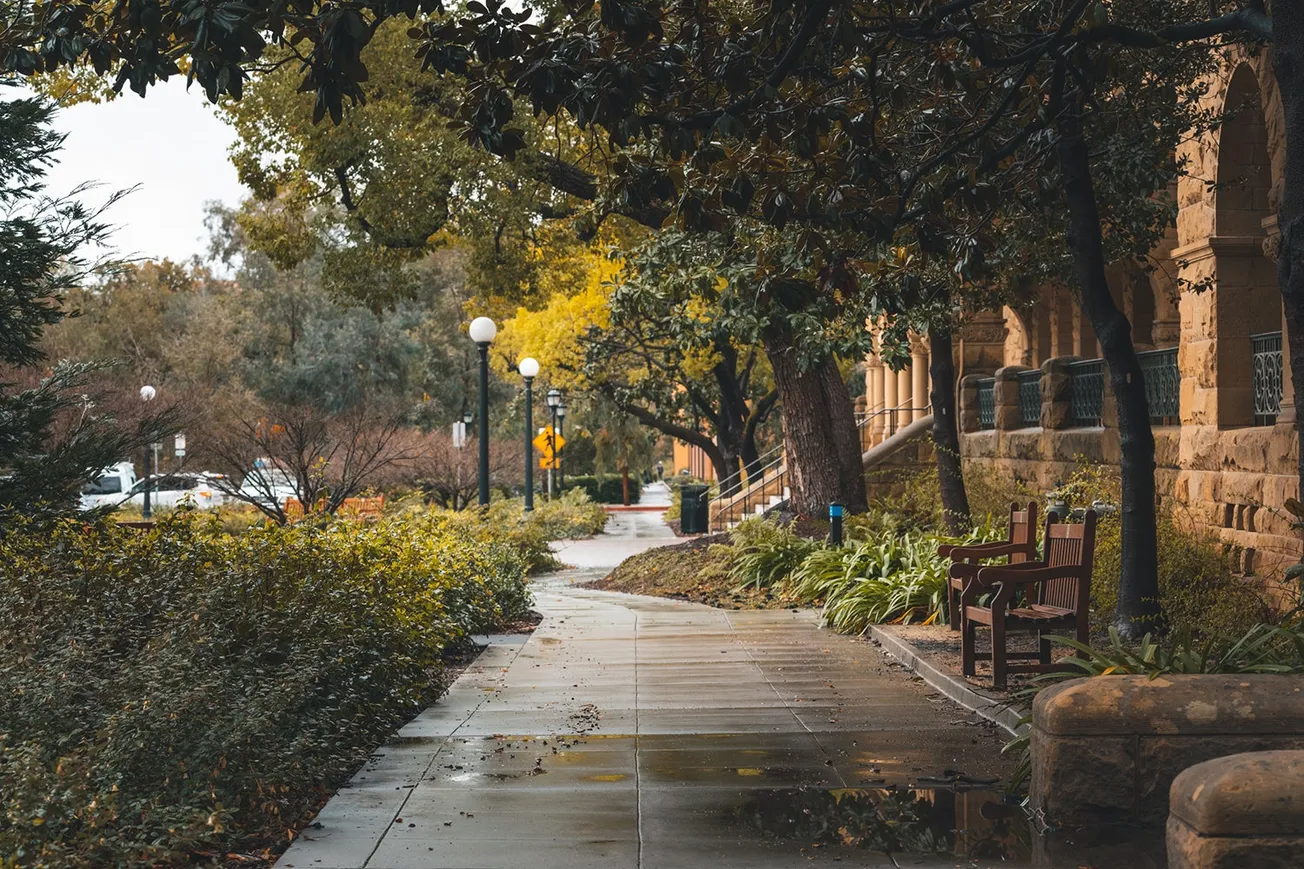Table of Contents
Dear Reader,
In my opening Editor’s Note for Vol. LXIV one long year ago, I wrote about the values of the Stanford Review; today, looking back on the volume, I want to reflect on its utility. What is the Review good for? In three words:
Saying important things
There are big problems at Stanford, both in the short and the long term. For one, Stanford can’t quite seem to decide whether thrice-vaccinated (or more…) twentysomethings should ever again be allowed to live the type of dynamic, risky, exciting, and normal social life we once referred to as “college.”
In the past, I thought that the relative apathy of most Stanford students was actually a mitigating factor against the radical elements that seem to be more common at other schools. That’s still partly true, but having witnessed the way my Stanford peers passively accepted and even invited the barrage of incoherent rules and fear mongering during the pandemic – even after widespread vaccination – I have to admit: I wish that we’d care a bit more. When the message from Stanford is that you’ll experience nothing and you’ll be happy, I wish we would say no!
But not everyone has given up.
I’m proud of what the Review did in 2021. We published remarks by Dr. Scott Atlas, who was maligned and subjected to the most vicious attacks by Stanford faculty for his scientific dissent against the pro-lockdown consensus. We stood up against campus witch hunts, crackdowns on free expression, and university-sponsored hysteria. We laughed about the worst excesses of covid safetyism and campus wokeism. And we had fun while doing it! In a way, that’s the most important act of rebellion against blandness and ennui.
The Review isn’t a daily newspaper that documents everything that happens at Stanford, nor can we claim to represent the views of most students – quite the contrary! But the Review is, in its own way, a paper of record – if only for its willingness to ask the basic questions that any thinking person should have amid the insanity that is college in the 2020’s. Isn’t it bizarre that 40% of students are wearing masks on bicycles? Why is Stanford giving up on standardized testing? Is it really appropriate for departments to be denouncing jury verdicts in Wisconsin?
The state of affairs on campus is the direct result of a bubble environment, where the dictates of the California political establishment and the social mores of academic liberals are paramount, all to the detriment of science, students, and quality of education, among other things.
So, here’s the big question: how are things going to look two decades from now, when Stanford turns 150? Anyone who thinks this is a remotely important question would do well to read the Review. You won’t get answers or visions from the Stanford administrators bloviating about “protecting our community,” nor from the professors busy signing open letters and petitions demanding censorship and cancellation. You certainly won’t get any help building the future from student protesters, whose instincts are to destroy tradition and functional structures.
But there are still places on campus with a spark of dynamism, where students are willing to say important things, obvious things, and unpopular things. And that makes the Stanford Review, in a word, indispensable.
Saying thanks
I owe a special thanks to Ben Esposito and Neelay Trivedi, without whom this volume would not have gotten off the ground, much less gone anywhere. I want to thank all those who contributed by writing this volume, as well as those who unknowingly served as the subject matter – I am personally indebted to the campus activists, administrators, and other characters who for three years worked tirelessly to provide me with fodder for articles. I want to thank the great readers of the Review – public writing is a two-way street, and it wouldn’t mean much if you all weren’t on the other end writing back and sharing thoughts. And lastly, I want to thank all my Review friends, mentors, and colleagues who have at one point or another seen something in me. You know who you are, and I owe you.
Saying goodbye
As my own time at Stanford comes to an end, I can report with supreme confidence that in its 35th year, the Stanford Review is here to stay! I wish the very best to you, our wonderful readers and supporters, as well as to Neelay and the rest of the staff of Volume LXV.
Maxwell Meyer
Editor in Chief, Volume LXIV
The Stanford Review
***
P.S. if you want to support the Review, you subscribe to our free mailing list or make a donation.









